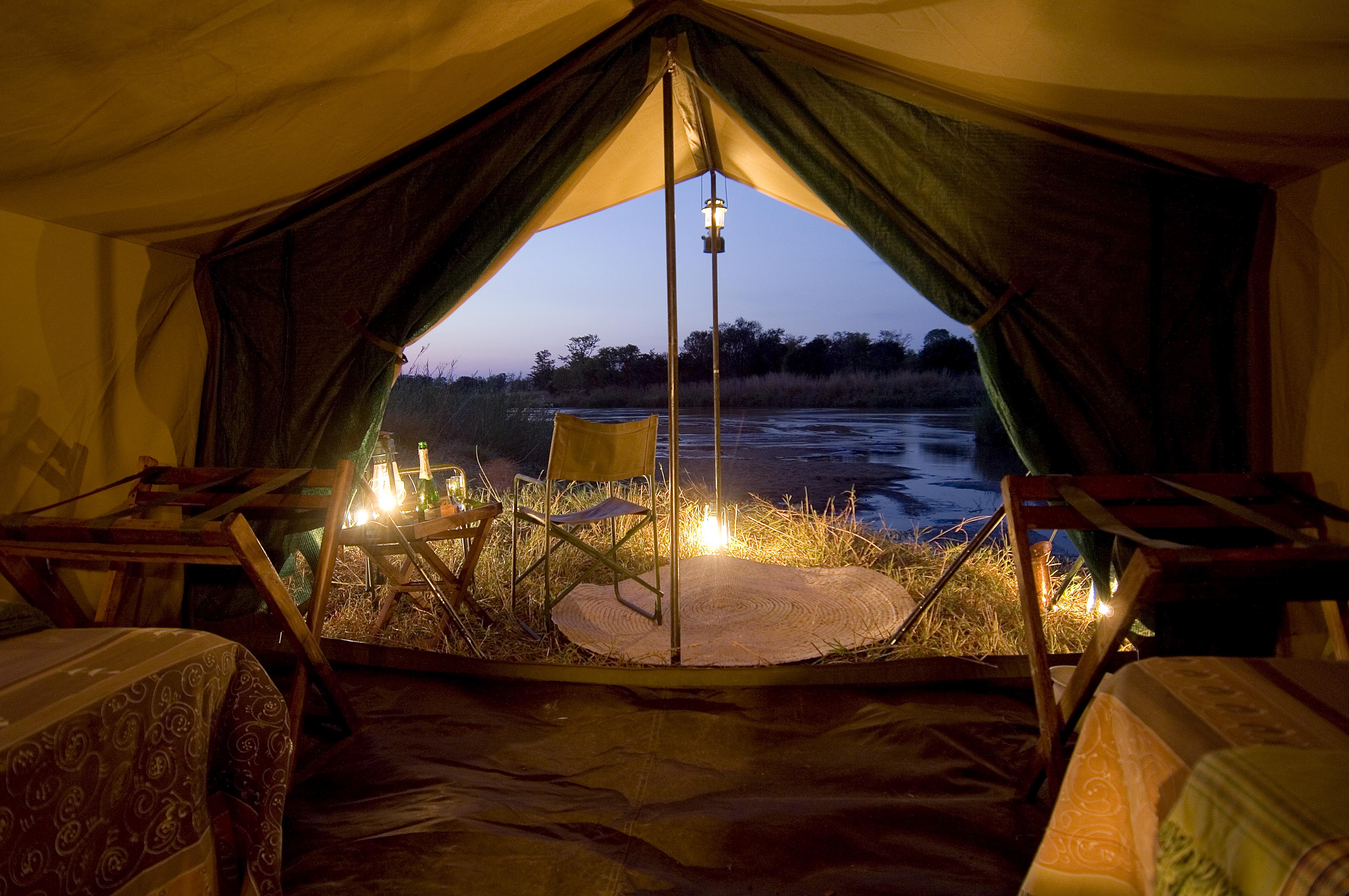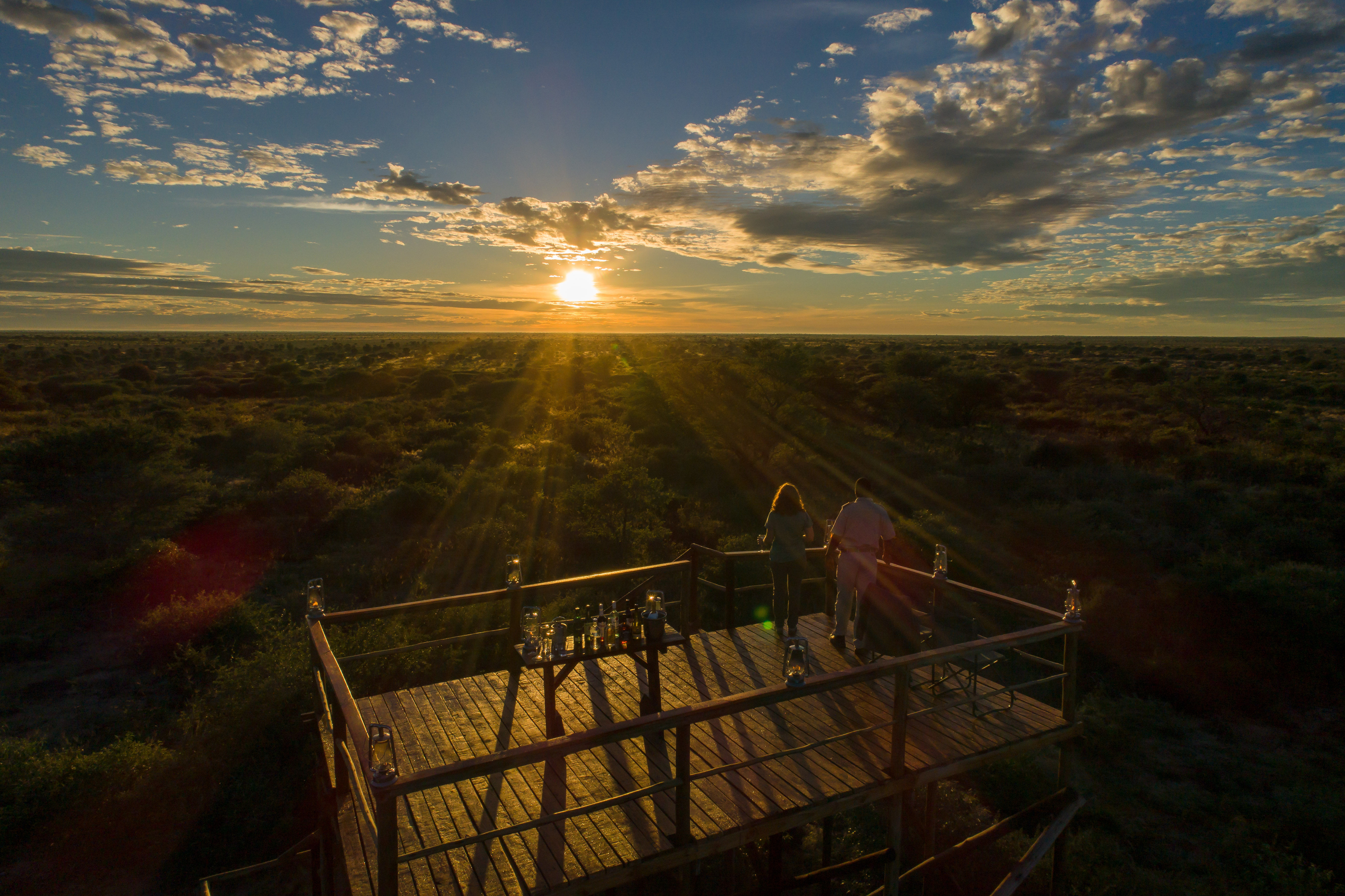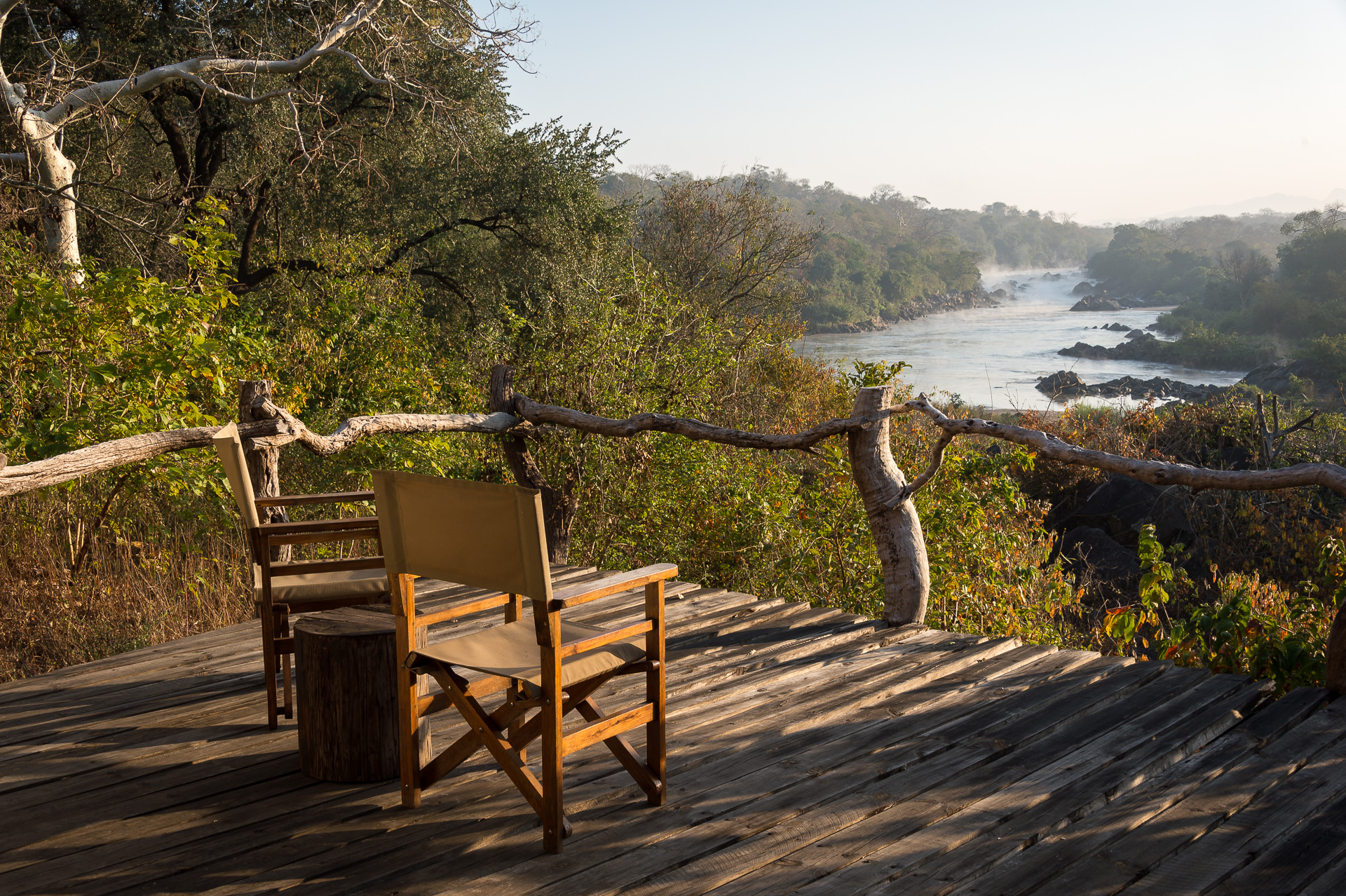Zambia is an incredibly exciting destination offering the perfect blend of prime wilderness, outstanding wildlife and wonderful camps.
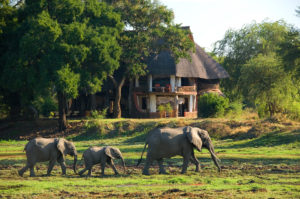
An exciting network of large and remote national parks provide plenty of opportunity for an immersive safari experience, from the oldest, Kafue, to the newest, Lower Zambezi.
This is a gem of a country where hospitality is warm, wildlife is awesome and scenery spectacular – we urge you to go.
When to go?
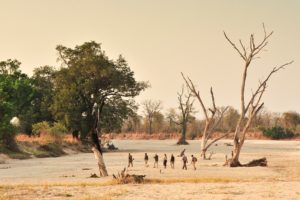
The long dry winter months April to October is the optimum time for a safari to Zambia. Days are warm and sunny and nights are cold. As the season progresses temperatures soar with October usually the hottest month. This is also when wildlife densities peak, as animals gather around the remaining water sources. Riverside camps offer a refreshing breeze and superb sightings. Camps/lodges with pools are a good choice if travelling in the heat of October/November.
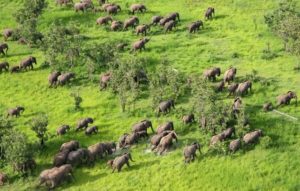
The long rains tend to arrive late November into December time and stay until March – this can make unsealed roads impassable. However permanent camps are open year-round – the Emerald Season can be a very rewarding time to travel. I speak from first-hand experience having spent a week in the Luangwa one November just as the rains arrived – it was astounding to see the overnight transformation of the park. Wildlife was exceptional. Some camps depending on water levels offer safari by boat giving you a unique perspective.
Five reasons to add Zambia to your safari wish list
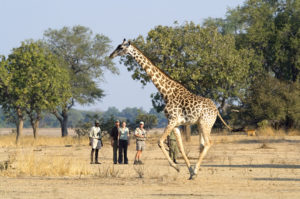
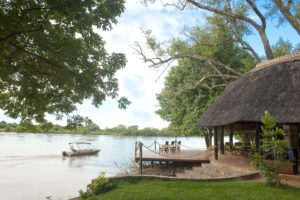
- Walking safaris
South Luangwa has been the home of the walking safari. since the 1960s. Guiding is consistently high quality and quality bush camps ensure a top notch experience. You can easily spend a week here. walking between bush camps, or combining a few days walking with a lodge and 4×4 safari. Walking can be tailored to your needs but 8-10km per day between camps is what you can expect. Although South Luangwa offers the largest variety of walking safaris, you can also enjoy walking in Kafue and the Lower Zambezi.
This 8 day safari combines contrasting camps and includes a walking element along with a 4×4 safari in the South Luangwa.
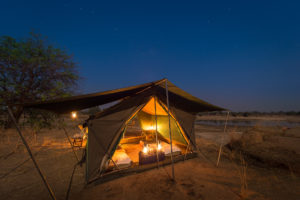
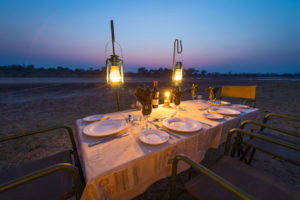
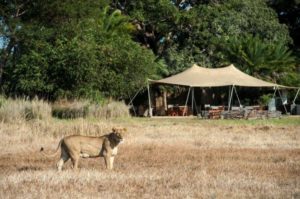
- Nights under Canvas
Zambia offers incredible rustic bush camps. These vary in style.
During the peak dry season months of July to September you can spend a night or two of your safari in a mobile ‘fly camp’.
These fully serviced mobile camps are extremely comfortable and well-equipped with walk-in tents and full bedding. The ‘safari’ bucket shower is under a tree and the long-drop ‘bush loo’ has a wooden throne. Meals of a high standard are served under the open sky with just the glow of the camp fire and paraffin lamps.
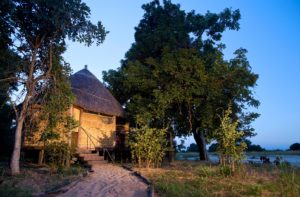
Mobile camps allow visitors to access really remote areas where the wildlife is unused to people.
Zambia is also famous for its tented seasonal camps which open in April-May and are taken down at the end of the dry season in November.These camps, some with canvas and some with thatched roofs offer more facilities than the simpler mobile ‘fly camps’ but are still incredibly rustic and positioned in low vehicle/prime wildlife areas. Robin Pope’s Tena Tena for instance is a cluster of six tents on the Luangwa River. Ensuite bathrooms are open-air. Power is provided by solar panels and fresh drinking water comes from a bore-hole. Time & Tide’s wonderful Luwi is nestled in a grove of ancient mahogany trees, the tented suites designed to fully immerse guests into the bush experience. Set along the riverbed and overlooking the floodplains below, guests can watch the abundant wildlife right from the privacy of their own suite. Feathertop beds, an open air, ensuite bathroom and a peaceful seating area create a comfortable guest experience in this seasonal camp.
If you are not a fan of spending nights under canvas, you can opt for a permanent lodge or safari house. These have more facilities and creature comforts. Zambia has superb ‘safari houses’ perfect for groups of friends or family groups. These houses are fully staffed with driver/guide and cook – choose from large, luxurious riverside Chongwe River House with its amazing pool, to small Robin’s House complete with its own hide .
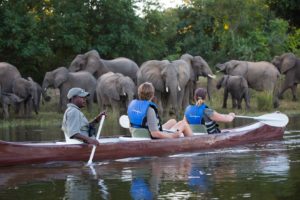
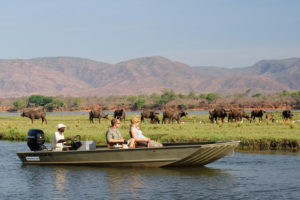
- Canoeing the Zambezi
The Lower Zambezi is Zambia’s newest national park and sits bang opposite Mana Pools in Zimbabwe. If you like variety then this is the place to go – you can boat, walk, drive and fish, all with a beautiful mountain view and sublime wildlife. Canoe trips are exceptional allowing for very close encounters with large species like elephants who come to the river to refresh. You can glide along silently without disturbing the wildlife.
As well as exploring by canoe, motorised boat trips provide the chance to explore larger tracts of the riverside.
Combined with walking and 4×4 safaris this is a wonderful way to experience the richness and diversity of Zambia’s national park network.
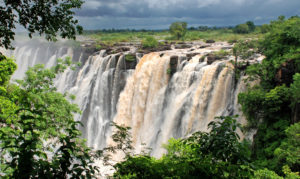
- Victoria Falls/Livingstone
No trip to Zambia would be complete without a visit to the Falls. Livingstone is the town on the Zambian side of the Falls where many activities such as rafting can be organised. A number of stunning river lodges stretch along the river bank upstream from the Falls. Lodges provide complimentary transfers for guests to the Falls with some also offering activities such as river cruises. These lodges are a wonderful choice for pre or post safari R&R. An increasing network of domestic light aircraft flights connects several of Zambia’s key attractions with the main gateways of Lusaka and Livingstone meaning you can combine parks such as the Lower Zambezi and Mfuwe in the South Luangwa more easily than ever before.
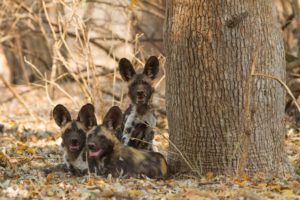
- Endangered species – wild dogs rule
Visitors to Zambia can enjoy spectacular wildlife including the chance to see many rare and iconic species. The Zambian Carnivore Programme recently announced that the South Luangwa National Park is now officially home to Zambia’s largest African wild dog population. Despite being one of Africa’s most endangered carnivores, wild dogs in and around the South Luangwa National Park have enjoyed several years of increasing numbers, and there are now estimated to be approximately 350 adults and yearlings living in the Luangwa Valley.
To find out more about Zambia’s national parks, you may be interested to read our country guide here.
You’ll also find sample safaris, with price guides.
